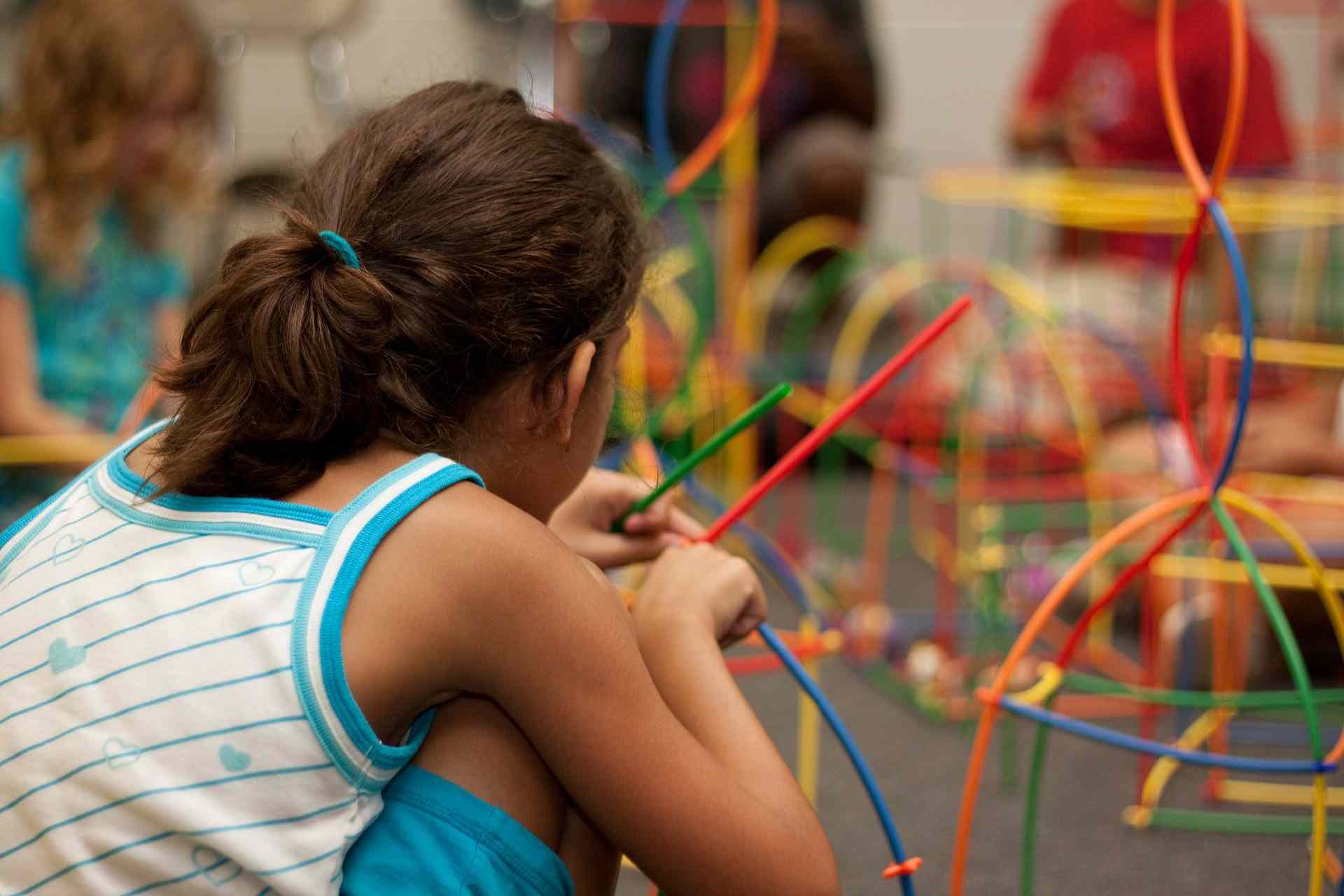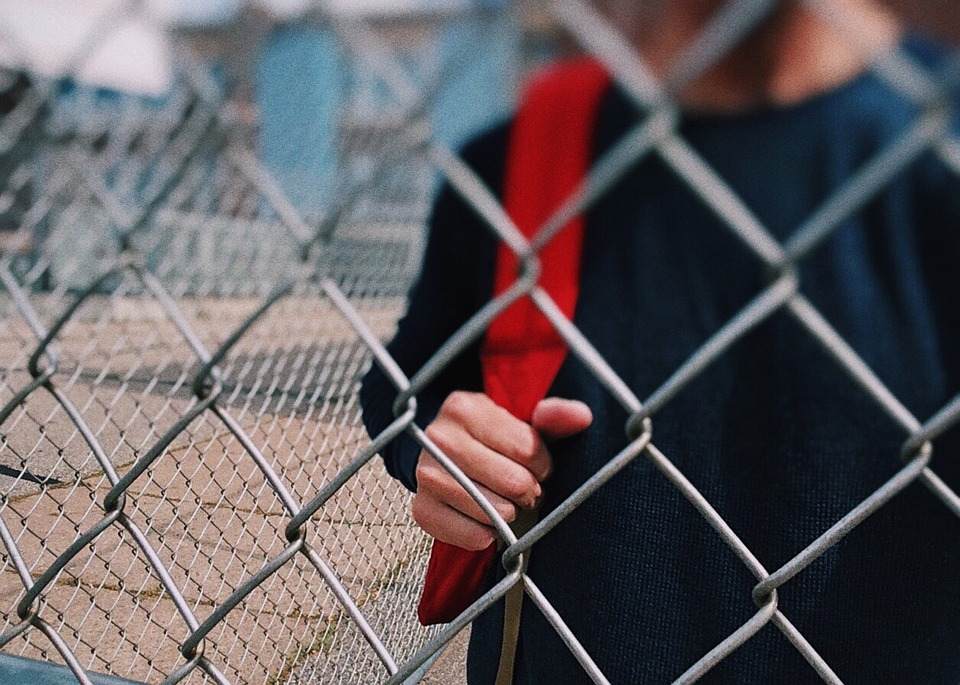How Can Life Skills Training Programs Can Help Prevent Drug Addiction?
Drug and alcohol addiction among teens and adolescents is one of the major problems affecting communities and countries around the world. The drug problem has been growing since the sixties and has now come to a head with the invention and promulgation of life-threatening products such as fentanyl, which are many times as addictive (and potentially lethal) as heroin.
However, keeping youngsters away from drugs is no easy task. Communities, government agencies, and educational institutions have been trying to do so for decades, with varying degrees of success. While the overall rates of drug intake and alcohol consumption have gone down over the years in most parts of the country, individual communities are still plagued by the problem of substance abuse, particularly among the youth.
Reasons for Drug Intake and Addiction
In order to effectively curb the phenomenon of drug addiction among the youth, educators and authorities must first understand the reasons for substance abuse, including alcoholism, opioid addiction, and marijuana usage etc. Some of the major reasons why large numbers of teenagers and young adults often feel compelled to use drugs are driven primarily by the fact that they lack the proper life skill training:
- Peer Pressure
Human beings are tribal by nature and we all want to feel a sense of belonging with our families, friends, and communities. This desire for belonging is especially strong during the teenage years, when kids are yet to fully understand and accept their own individual identities. At this time, they are especially vulnerable to the influence of the peer group, and the fear of rejection can be debilitating.
Many teenagers, therefore, end up taking drugs just because their friends tell them to. They don’t want to feel left out and alone, and in their minds, the only alternative is to succumb to the demands of substance abuse. Drinking and doing drugs is common among certain groups of young adults, and embers of such groups may feel that they cannot say no to drugs without losing their friends.
- Stress
The teenage years can be stressful and anxiety-inducing. This is because teenagers have to deal with academic pressure, the onslaught of hormones, social responsibilities, love and heartbreak, and the expectations of parents and teachers, all at the same time. This is particularly the case once they enter high-school and are told to start thinking about their career.
All of this can often feel like too much, especially for children who had, until then, lived a relatively stable and sheltered life. When stress and anxiety is overwhelming, the appeal of substance abuse is immense.
Alcohol can help you get rid of your inhibitions for a time and do as you please, while opioids can be used to dull the anxiety and feel a sense of peace for a little while. Many young people succumb to such addictions just to temporarily escape the pain of growing up, and the expectations levied upon them by society.
- Media Representation
Movies, TV shows, and music can often depict substance abuse as a sign of status and even ‘coolness’. And there are nothing teenagers want more than to be perceived as being ‘cool’ and interesting. Alcohol companies understand this, and promote their product accordingly, a tactic that was also used by tobacco manufacturers a few decades ago.
Growing up under the influence of pop culture, children often internalize these messages (if only on a subconscious level). They are later drawn to the mystique and allure of substance abuse as they reach teenage because for their entire lives they had been receiving the subliminal message from a variety of media outlets, that drinking and doing drugs is ‘cool’. After years of subtle indoctrination via pop culture, this perception can be hard to break.
The Role of Life Skills Training
Life skills training, delivered by trained personnel through well-designed drug-prevention programs, can help youngsters break this self-destructive cycle of substance abuse. Life-skills training helps adolescents understand the dangers of substance abuse and its long-term consequences. Moreover, it also helps them understand how to handle situations effectively and safely without succumbing to the allure of drugs and alcohol.
Some core elements of an effective life skills training program are:
- Drug Resistance: During a life-skills training program, youngsters are taught how to avoid any social pressure or internal desire for alcohol or drug intake. They are taught how to safely extricate themselves from situations wherein they might be compelled to take drugs or other restricted substances.
- Decision Making: Under such programs, adolescents are also trained to critically evaluate a situation and make effective decisions in a thoughtful and independent manner, without being influenced by external factors such as the opinions of friends and misleading media representation.
- Self Management: Life skills training programs help children learn how to manage their own emotions, both positive and negative. They are taught how to deal with stress, anxiety, loneliness, and social rejection in a healthy and productive manner, without resorting to self-destructive behavior of any kind.
In Conclusion
A well-designed and high-quality life skills training program can help teenagers and adolescents avoid the pitfalls of substance abuse and avoid addiction in the long run. Schools, communities, and local governments should come together to ensure that all the children of the area receive this essential training from a young age.




